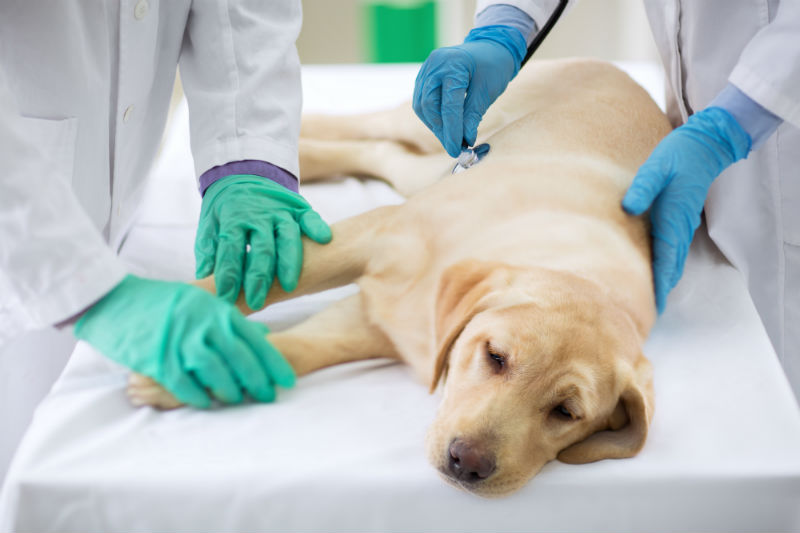Kidney disease is most often diagnosed by blood and urine testing. We will perform these tests if your pet isn’t well (increased thirst, weight loss, muscle weakness, vomiting or anorexia), but we also perform these tests as part of our senior wellness testing or pre-anesthesia testing prior to a surgical or dental procedure (most often in these cases your pet hasn’t been showing any clinical symptoms).
The challenge with traditional blood and urine testing is that they don’t tell us how much kidney function has been affected. In most pets, numbers don’t start to go above average range until 75% of the kidney function has been lost. Blood tests in the normal range indicate that the kidneys are currently able to do their job, but we don’t know if they have already lost some ability to function.
To assess kidney function, the primary tests we perform are urinalysis, BUN and Creatinine blood testing, electrolyte testing, phosphorus testing and looking for anemia and the newer SDMA (symmetric dimethylarginine test). These tests are all valuable, but some have advantages over others.
A urinalysis is performed to look at urine specific gravity and to make sure that the kidneys aren’t leaking proteins. Urine specific gravity can be affected by other causes of increased thirst, and a pet may have a low specific gravity and usually have functioning kidneys. Urine protein can be falsely elevated if the pet has a bladder infection or other inflammation and it isn’t specific to the kidney.
BUN (blood urea nitrogen) and creatinine are blood tests that are often performed together, BUN is created when the liver breaks down proteins, creatinine is a product of normal muscle breakdown, these waste products are typically eliminated from the body and lab testing showing high levels of BUN and Creatinine can indicate that the kidneys are not functioning correctly. The challenge with these blood tests is that they are a late marker and can be affected by other factors. BUN can be affected by many conditions including dehydration, bleeding in the digestive tract, liver disease and diet, creatinine can be affected by lean muscle mass, dehydration, hyperthyroidism and diet. Unfortunately sometimes when the testing is performed, and these values are elevated we are already dealing with a very sick animal who will also have an elevation in phosphorus, abnormal electrolytes and anemia.
SDMA is a newer test and it has been proven to be a more reliable indicator of kidney function than the previously mentioned tests. SDMA is considered a kidney-specific biomarker, it is excreted by the kidneys and reflects the filtering capacity of the kidney. SDMA will increase much earlier than creatinine (as early as a 25% decrease in function vs 75% for creatinine) and is impacted by less non-kidney factors.
Currently, we are sending SDMA testing to an external laboratory, but expect that it will soon be a routine part of most blood panels that we do in the clinic, this will hopefully help us pick up renal disease much earlier and extend the quality and lifetime of our pets who are affected by kidney disease.
In the next part of this series, we will discuss what we can do if there are elevations in SDMA or BUN and Creatinine. Early detection is essential and we are excited to have a new tool to help with this.
Written by by Jane Corkum, DVM




